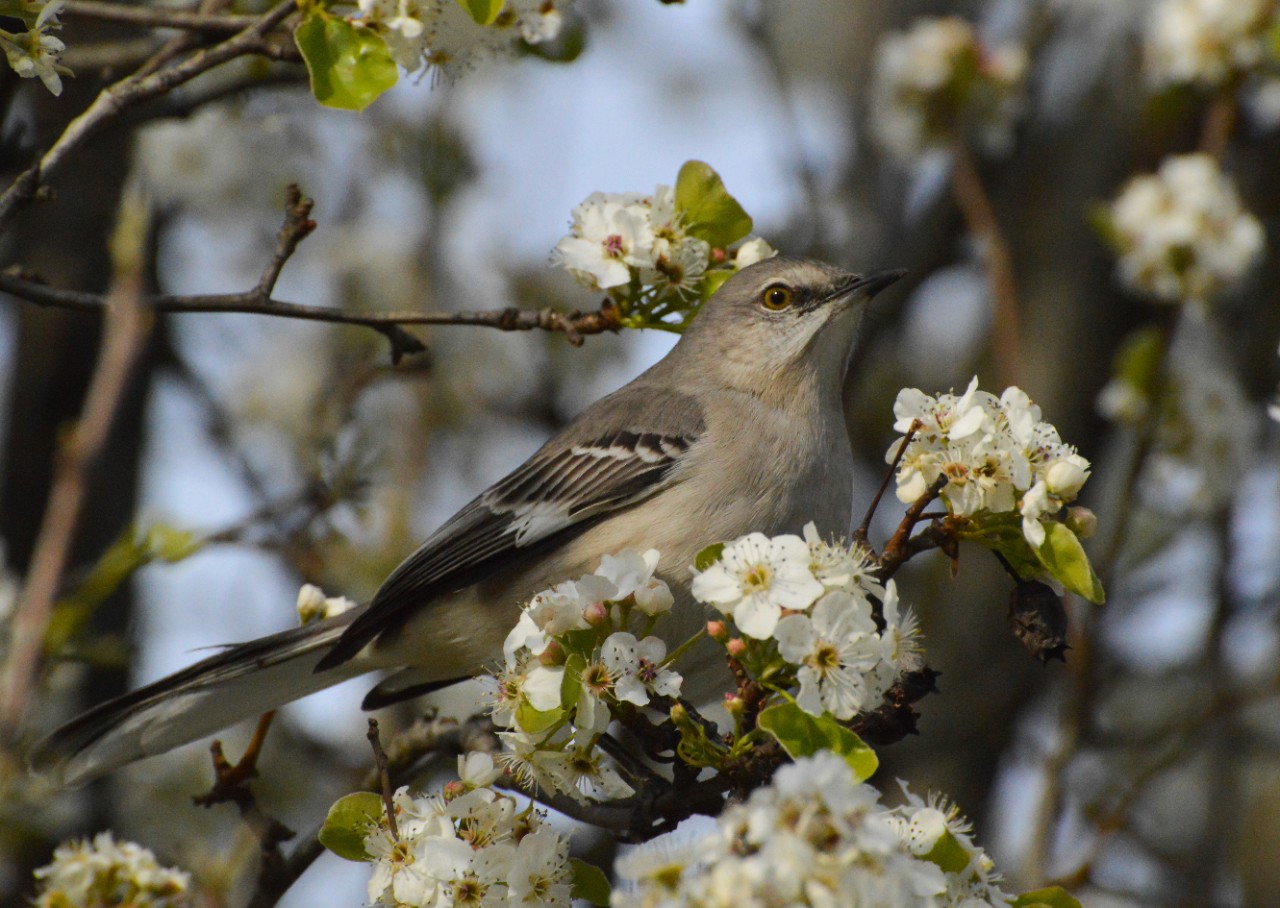
WLWT: Beautiful pear tree causes ugly invasive problem
UC biologist suggests homeowners consider replacing tree with native alternatives
WLWT spoke to a biologist with the University of Cincinnati about a pretty but invasive ornamental tree that is in bloom now across Ohio.
UC College of Arts and Sciences Professor Theresa Culley, head of UC's Department of Biological Sciences, told WLWT that the Bradford or Callery pear tree was sterile when growers introduced it to neighborhoods across the Midwest in the 1960s.

Theresa Culley. Photo/Joseph Fuqua II/UC
But this tree from Asia tended to split at its trunk, so growers introduced other varieties that cross-pollinated with Bradford pear trees and began producing seed-bearing fruit.
Soon, the pear trees were showing up in disturbed patches of forest and along highway edges in Ohio and other states.
An Ohio law went into effect last year making the selling, growing or planting of Callery pears illegal statewide.
Culley said homeowners might consider replacing pear trees in their yards with native plants.
"A lot of people really love their tree," she said.
One alternative is to spray the tree with plant-growth regulator treatments available at home and garden shops that inhibit a tree's development of fruit, she said.
Featured image at top: A mockingbird perches in a Callery pear tree. Photo/Michael Miller
Related Stories
News Cincinnati loved in 2025
January 2, 2026
The story of prohibition bootlegger George Remus was among WLWT's favorite segments in 2025. UC Law Professor Christopher Bryant spoke with journalist Lindsay Stone about Remus using a temporary insanity defense during a murder trial.
Study finds police officers face higher long-term health risks
January 2, 2026
J.C. Barnes, a University of Cincinnati professor, is interviewed by Spectrum News about new research showing that the physical and psychological demands of law enforcement can contribute to earlier deaths.
Supporters give generously to the Bearcats Pantry and Resource Center
December 22, 2025
Supporters gave generously to the Bearcats Pantry and Resource at the University of Cincinnati during two fundraisers: the Crosstown Foodout and Giving Tuesday.
